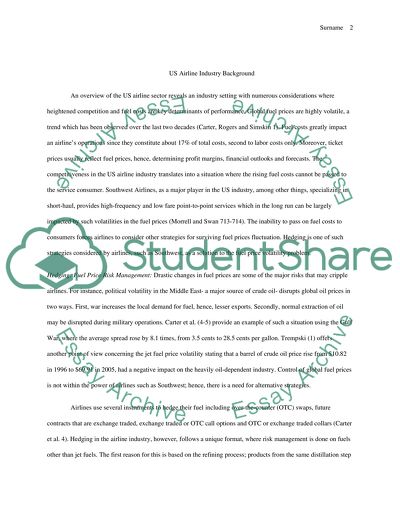Cite this document
(“Southwest Airlines Fuel Hedge Program. Why Southwest Hedged Fuel Research Paper”, n.d.)
Southwest Airlines Fuel Hedge Program. Why Southwest Hedged Fuel Research Paper. Retrieved from https://studentshare.org/marketing/1441639-southwest-airlines-fuel-hedge-program-why
Southwest Airlines Fuel Hedge Program. Why Southwest Hedged Fuel Research Paper. Retrieved from https://studentshare.org/marketing/1441639-southwest-airlines-fuel-hedge-program-why
(Southwest Airlines Fuel Hedge Program. Why Southwest Hedged Fuel Research Paper)
Southwest Airlines Fuel Hedge Program. Why Southwest Hedged Fuel Research Paper. https://studentshare.org/marketing/1441639-southwest-airlines-fuel-hedge-program-why.
Southwest Airlines Fuel Hedge Program. Why Southwest Hedged Fuel Research Paper. https://studentshare.org/marketing/1441639-southwest-airlines-fuel-hedge-program-why.
“Southwest Airlines Fuel Hedge Program. Why Southwest Hedged Fuel Research Paper”, n.d. https://studentshare.org/marketing/1441639-southwest-airlines-fuel-hedge-program-why.


